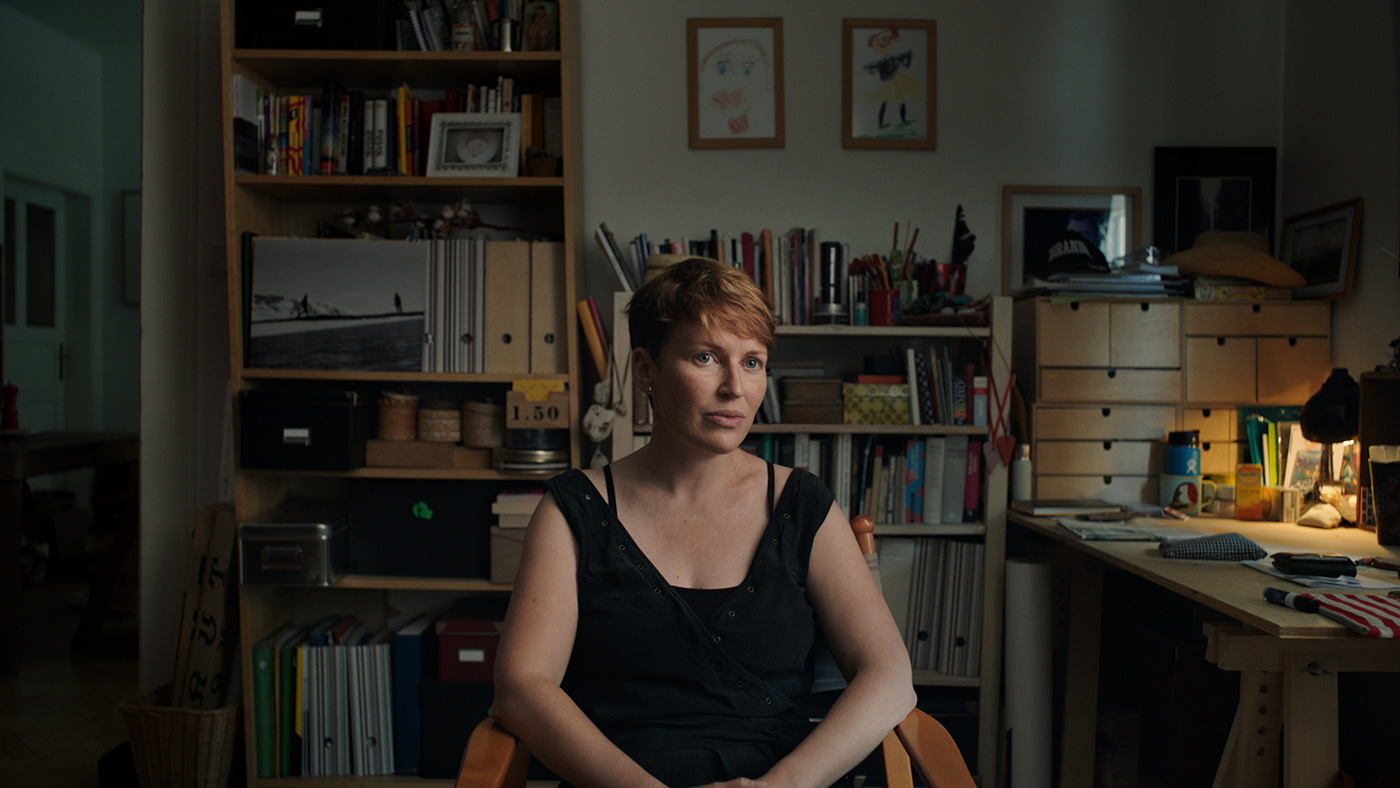Five years ago today, at approximately 8:30 p.m., an assassin approached a home in Velká Mača, a village in southwest Slovakia. When investigative reporter Ján Kuciak opened the door, he was shot in the chest. The assassin continued to the kitchen and shot Ján’s fiancée, Martina Kušnírová, in the head. It would be four days before their bodies were found.
I read the news from my home in Bucharest, Romania. I hadn’t met or heard of Ján. I remember being relieved at the time that it was someone I didn’t know. Maybe that sounds selfish or insensitive, but I knew other investigative journalists who had been murdered for their work.
But we did have a connection. Ján had been working on a high-profile investigation with Pavla Holcová, a Czech investigative reporter and colleague of mine at OCCRP. Pavla had been whisked into hiding by Czech authorities once the bodies were found.
OCCRP’s editor-in-chief, Drew Sullivan, called and asked me to visit the crime scene with two more of our reporters. I had made a film called “Killing Pavel,” about the car bombing in Kyiv that killed Belarusian-born journalist Pavel Sheremet in 2016. The documentary had used a forensic analysis of CCTV footage to challenge the official police narrative and identify potential suspects. Drew thought maybe we could undertake a similar investigation into this case.
At the time, we didn’t discuss a film –– it was the furthest thing from my mind. That came later, and the resulting documentary has been seen by audiences and won awards around the world. Tonight, on the fifth anniversary of the murder of Ján and Martina, the film will be shown for the first time in their home country of Slovakia.
That day in Velká Mača, our reporting team went by foot and by car around the village, identifying every CCTV camera we could find. Some were on private houses and businesses, others in public squares, on the roads in and out of the village, and at gas stations. We mapped them all out to trace possible routes the murderers might have taken to get to Ján and Martina’s house.
We met with local officials and neighbors to ask if they had access to cameras, and we requested CCTV footage from the police, although they unsurprisingly refused to hand any of it over. The limited footage we eventually acquired did not uncover any relevant evidence, and we left town almost empty-handed. Driving back to the airport, I imagined that was the end of the story for me.
At home in Bucharest, I continued to follow the news about the fallout of the murders. They sparked the biggest protests in Slovakia since the fall of communism. The prime minister was forced to step down, followed by the president of the police. About seven months after the killings, the alleged assassins were arrested. Six months after that, a businessman named Marián Kočner, whom Ján had written about extensively, was charged with ordering the reporter’s killing.
Kočner’s trial was set to begin at the end of 2019.
The Leak
Almost two years after the murders, Pavla, my Czech colleague who had been working with Ján at the time of his death, received a phone call. An unidentified source offered her the entire murder case file. It was 70 terabytes of police evidence that included all the data from the decrypted phones of Kočner, the murder’s alleged mastermind.
The source was concerned the data could disappear. It would be safer with Pavla, outside of Slovakia.
Pavla told me about the leak: encrypted messages, conversations, and secret videos that showed how Slovak oligarchs, politicians, police and judges had been interacting in nefarious ways with Kočner and his intermediaries.
At OCCRP, we talk a lot about “captured states,” where oligarchs hold the levers of power over political systems. Journalists had always assumed Slovakia was a captured state, but Pavla thought she might now be able to prove it.
I never wanted to make another film about a murdered journalist, but this was different. It was the story of a brutal killing, but the new evidence Pavla had also offered a blueprint of corruption in a European Union country.
